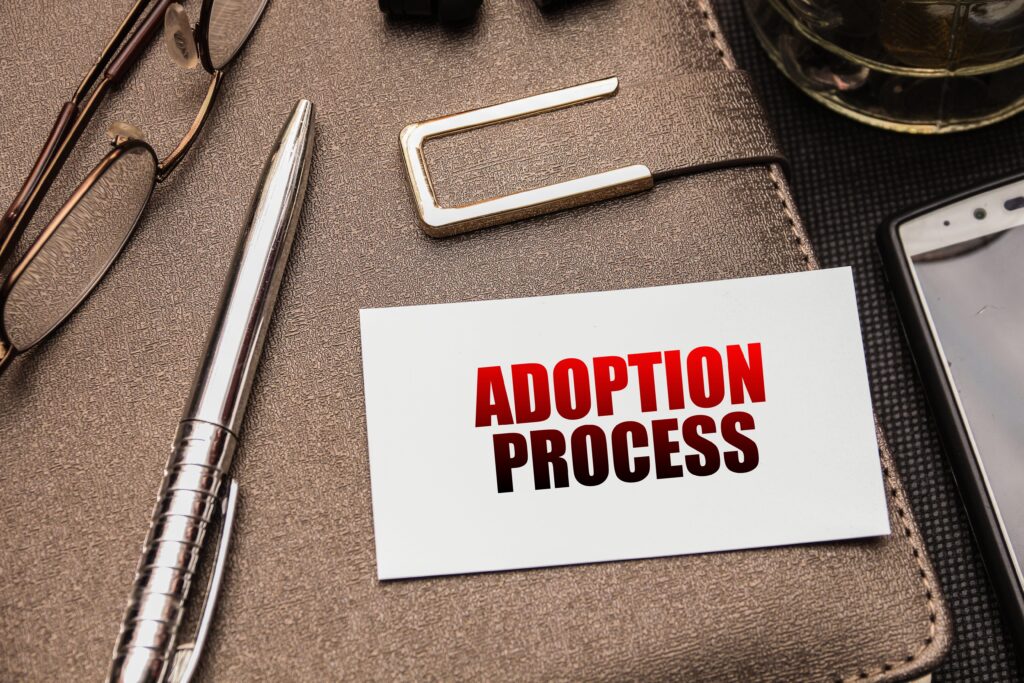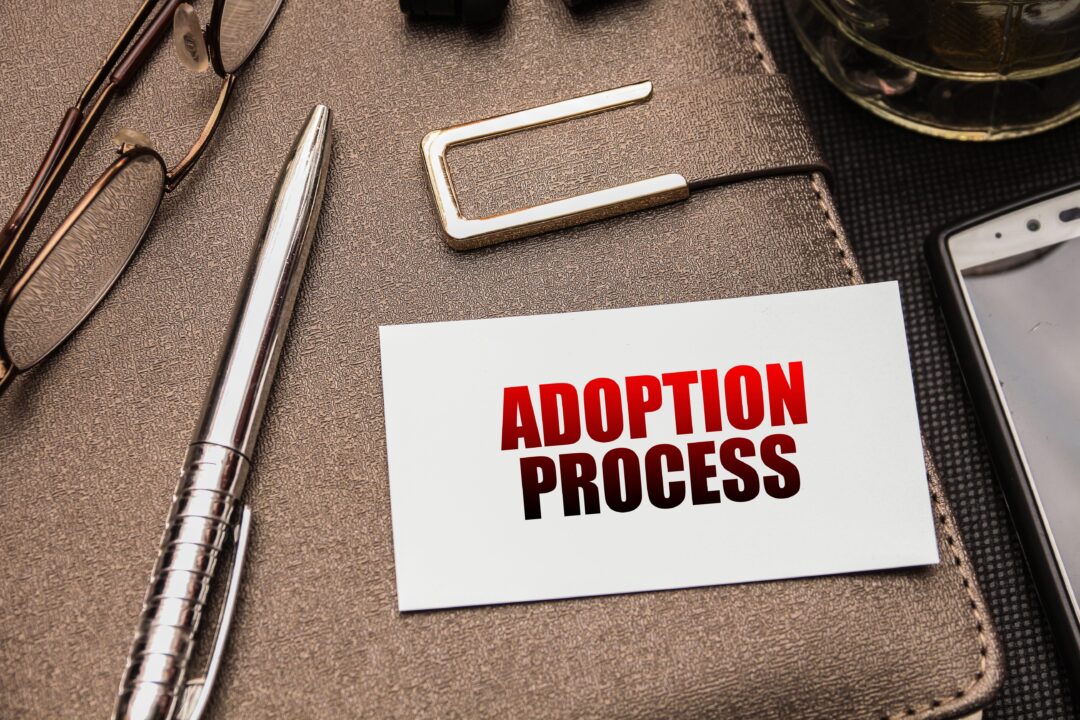Stepparent adoption in California is a legal process that allows a stepparent to adopt the biological child of their spouse or domestic partner. This type of adoption can provide legal security and emotional stability for families, but it also involves important legal considerations. If you are a stepparent considering adoption, or if your child’s stepparent has asked to adopt them, understanding the legal requirements for stepparent adoption and the process in California is crucial.
What is Stepparent Adoption?

Stepparent adoption in California creates a permanent legal parent-child relationship between the adopting stepparent and the child. Once finalized, the adoptive stepparent has the same legal rights as a parent and responsibilities as a biological parent. The non-custodial biological parent’s rights must typically be terminated for the adoption to proceed, with limited exceptions.
If the child is 18 or older, they may still be adopted through an adult adoption process rather than a standard stepparent adoption.
Requirements for Stepparent Adoption in California
Before initiating a stepparent adoption in California, the petitioner must meet specific legal requirements. The adopting stepparent must be legally married to or in a registered domestic partnership with the child’s custodial parent. Additionally, the adoption must serve the best interests of the child, which the court evaluates based on various factors, including the stability of the home environment and the child’s well-being.
Consent from the Other Parent
One of the most important steps in the stepparent adoption in California process is obtaining the consent of the child’s other biological parent. The court will not finalize an adoption without addressing the parental rights of the non-custodial parent. If the other parent consents, they must sign a legal document relinquishing their parental rights. However, if the other parent refuses or cannot be located, the court may terminate their parental rights under specific circumstances:
- The other parent is deceased.
- The other parent signs a waiver stating they do not want involvement in the child’s life.
- The other parent declares they are not the biological parent.
- The other parent’s whereabouts are unknown, and reasonable efforts to locate them have been unsuccessful.
What Happens if the Other Parent Does Not Consent?
If the other parent does not consent, the stepparent adoption in California process becomes more complex. The court will need to determine the parent’s status:
Presumed Parent
A presumed parent is someone who has acted as a parent and has a recognized legal relationship with the child. If the presumed parent does not consent, the adoption generally cannot move forward unless the court determines they are unfit or unwilling to maintain parental responsibilities. In such cases, the court may terminate their rights based on factors such as abandonment, neglect, or failure to provide financial support.
Alleged Father
An alleged father is a man who may be the biological parent but has not legally established paternity. If an alleged father does not respond after being properly notified, the court may terminate his parental rights and allow the adoption to proceed.
The Stepparent Adoption Process

The stepparent adoption in California process involves several legal steps to ensure the child’s best interests are protected. This process establishes a permanent parent-child relationship, granting the stepparent the same legal rights as a parent and responsibilities as a biological parent. While the procedure is typically more streamlined than other types of adoption, it still requires careful legal compliance, including obtaining consent, filing court petitions, and completing background checks.
Step 1: Filing the Adoption Petition
The first step in a stepparent adoption in California is to file a petition with the court. This petition includes details about the child, the adopting stepparent, and the biological parents. Supporting documents, such as the child’s birth certificate and marriage certificate of the stepparent and biological parent, must also be submitted.
Step 2: Notifying the Other Parent
California law requires that the non-custodial parent be formally notified about the adoption. This can be done through personal service or publication if the parents’ whereabouts are unknown. If the other parent consents, they must provide written consent.
Step 3: Investigation and Home Study
In most cases, the court will require a home study or investigation to evaluate the child’s living situation and ensure the adoption is in the child’s best interest. A social worker or court-appointed investigator may conduct interviews and review the family’s background.
Step 4: Termination of Parental Rights
If the other parent does not voluntarily relinquish their rights, the court may terminate them based on evidence of abandonment, lack of contact, or failure to provide support.
Step 5: Court Hearing and Finalization
Once all legal requirements for stepparent adoption are met, a court hearing will be scheduled. During this hearing, the judge will review the case, hear any objections, and determine whether the adoption should be granted. If approved, the stepparent adoption becomes final, and the child receives a new birth certificate listing the adoptive parent.
Legal Considerations and Challenges

While stepparent adoption in California can provide stability and legal security for a child, it also involves potential challenges that require careful consideration.
Emotional Impact
The process of stepparent adoption in California can be emotionally challenging for all parties involved. The child may experience feelings of loyalty conflict, while the non-custodial parent may feel a sense of loss. If the other parent contests the adoption, it can lead to emotional distress for the child and increased tension between family members.
Parental Rights Termination
Stepparent adoption in California requires terminating the rights of the child’s other biological parent. Courts take this step very seriously and will only grant termination under specific circumstances, such as consent from the other parent, abandonment, or proof that the non-custodial parent has not been involved in the child’s life. If the other parent is a presumed parent, their consent is required unless the court formally terminates their rights through legal proceedings. If the other parent is an alleged father, the court may terminate rights if he does not respond or appear in court after receiving proper notice.
Consent Challenges and Exceptions
If the non-custodial parent refuses to consent, the adoption may be delayed or prevented. However, the court may allow the adoption to proceed without consent in certain cases, such as if:
- The other parent is deceased.
- The other parent signs a waiver of parental rights.
- The other parent legally disclaims biological parentage.
- The other parent cannot be located, and the petitioner proves diligent efforts to find them.
Legal Assistance
Because of the complexities involved in stepparent adoption in California, especially when consent is contested or when the court needs to terminate parental rights, it is highly recommended to seek legal assistance. An experienced family law attorney can help navigate the legal requirements for stepparent adoption, file necessary paperwork, and represent the adopting stepparent in court proceedings. If safety concerns exist, such as a history of domestic violence, legal guidance can also help ensure that protective measures are taken throughout the process.
Building Your Family Through Stepparent Adoption
Stepparent adoption in California is a meaningful step in solidifying a family bond, but it requires careful navigation of California’s legal system. Understanding the consent requirements, legal procedures, and potential challenges is essential for a smooth process. Whether you are a stepparent looking to adopt or a biological parent facing a stepparent adoption request, consulting with a knowledgeable attorney can help ensure your rights and the child’s best interests are protected.
For personalized legal guidance on stepparent adoption in California, contact Moore Family Law.





